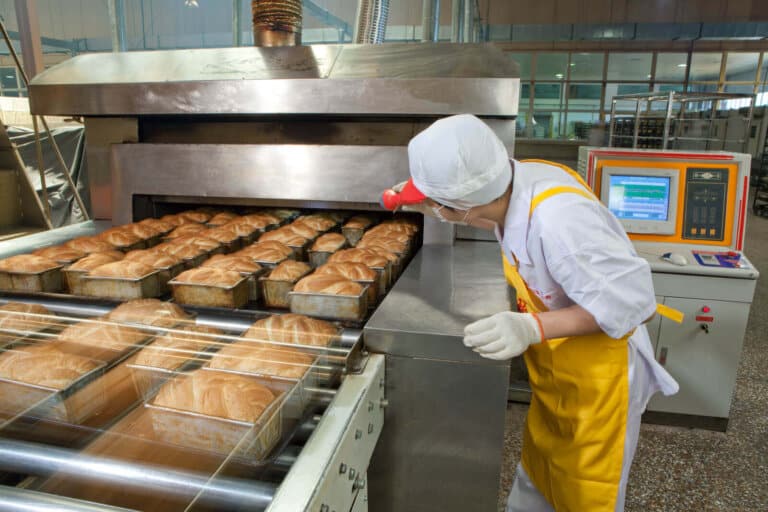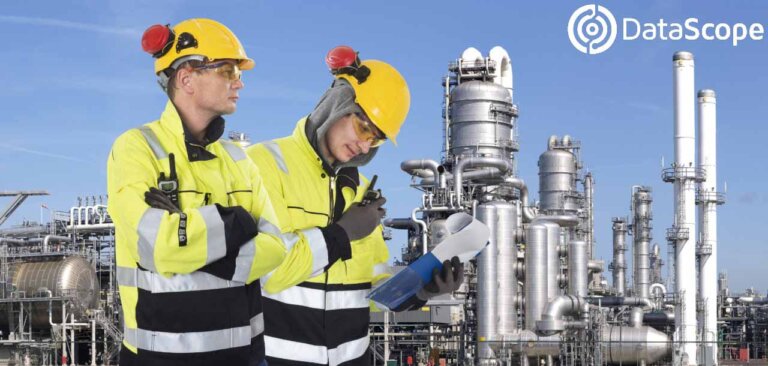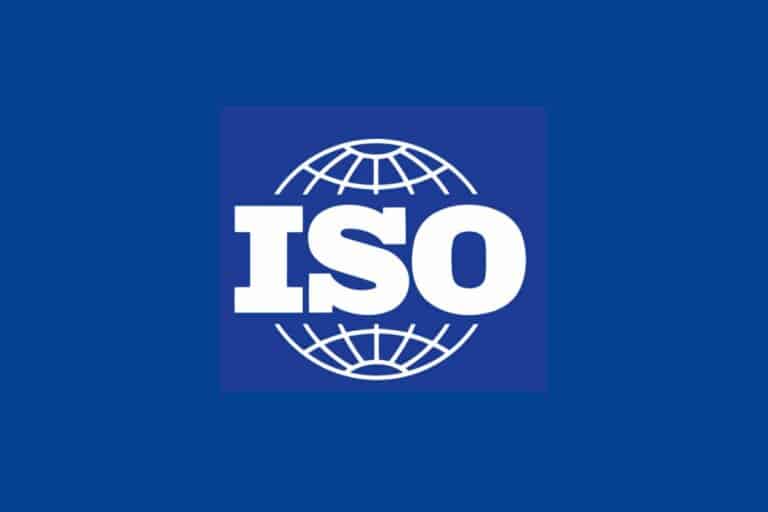The interruption in the supply of electrical energy, caused by the malfunction of this equipment, would not only paralyze production or ruin a business. It can also cause shortages and inability for the population to access essential products or services. It even increases exponentially the probability of suffering serious accidents, with fatal consequences.
Imagine, for a moment, that you operate a modern data center whose technology guarantees permanent operational continuity. Suddenly, a power outage in the area where its operations are located, threatens the entire set of services and applications in the cloud that it provides to numerous strategic clients.
Although its facilities have a modern backup diesel-electric generator, ready to go into operation, the technicians in charge check, with dismay that it will not work, because “someone” forgot to clean their fuel valves.
This extreme example, which in reality is not as implausible as it seems, shows that the operational continuity of any company or industry is essential to guarantee efficient and successful performance, especially during contingency situations.
This implies, among other variables, that the power supply cannot fail at any time. Especially if it is about industries or strategic activities, such as hospitals, primary services or production plants that work 24/7, to ensure the population access to services or essential supplies.
STRATEGIC IMPORTANCE
Ensuring the correct power supply does not only depend on the connection to an electrical network. It is also essential to have an emergency plant that operates immediately, in the event of any outage caused by accidents or external wiring failures.
Today this equipment is available to a large number of organizations, precisely to ensure that industrial facilities, offices, or machinery continues to function in these extreme situations.
This is a normal situation in places such as hospitals and clinics, industries, essential (and non-essential) businesses, airports, restaurants, hotels and financial entities, among many others.
However, the operational success of emergency plants does not depend only on their capacity, power or technological modernity. Like any other machinery, need ongoing maintenance to function properly.
Likewise, it is also necessary to have qualified personnel, either in-house or from outsourced services, to carry out these inspection and maintenance tasks regularly and rigorously.
TYPES OF MAINTENANCE
As in any other type of industrial equipment, the maintenance of an emergency plant could be preventive or corrective.
As its name implies, preventive maintenance applies before equipment fails or malfunctions. To do this, we must always work in advance and plan rigorously. Preferably, in accordance with the indications provided by the manufacturer.
Corrective maintenance, on the other hand, normally applies after an incident or accident, and its level of complexity will depend on the damage suffered by the equipment. In the vast majority of cases, it is due to situations that are not planned and that, consequently, cause significant costs for the company, both in loss of hours of productive work, and in the devaluation of assets, among other multiple negative consequences.
For all preventive maintenance to be efficient, it must be managed according to proper planning. This is, with absolute clarity of the review schedules, and always considering the possibility that emergency generators may work in “failure mode”.
In the same way, good preventive maintenance of an emergency plant must be applied to each of its components, and according to a typical structure. This should always consider the following stages or phases:
Lube system
1. Check the oil level.
2. Search for possible sources of contamination or dilutions.
3. Leak detection.
Fuel system
1. Inspection of fuel level, according to average consumption, contamination and density.
2. Operation diagnosis of the transfer pumps.
3. Security check.
4. Inlet fuel pressure and restriction record.
Suction system
1. Checking air intakes and ducts.
2. Lubrication of bypass actuators, and air box gate systems.
3. Safety check of air filters.
4. Record the turbocharger pressure.
5. Record of intake air restriction.
6. Crankcase pressure test.
7. Check of shutters and cleaning of closing controls.
Cooling system
1. Inspecting the coolant levels.
2. Anti-corrosion chemical test.
3. Pressure test.
4. Check for leaks.
5. Checking fan blades, as well as other safety-related conditions.
6. Checking the radiator.
7. Checking fan pulley belts.
8. Checking pulley bearings.
9. Supervision of refrigerant hoses and pipes.
10. Coolant temperature test.
11. Valve control.
Exhaust system
1. Checking the exhaust pipes.
2. Inspection of muffler mounts.
3. Turbocharger diagnosis.
Controls
1. Check on, off and remote operation controls.
2. Calibration of generator and engine instruments.
3. Checking indicators, lights and alarms.
4. Adjustment of real and reactive power, frequency and voltage.
Electric generator
1. Residual voltage record.
2. Verification of assembly of the exciter, stator and fields.
3. Inspection of wiring and wires.
4. Checking the rotary rectifier and the wave suppressor.
General mechanical condition
1. Verification of anchor bolts and screws.
2. Inspection of fan guards.
3. Checking the air intake screen.
4. Search for bearings.
5. Supervision of mechanical connections.
Engine electrical system
1. Inspection of running cables, connectors and wires.
2. Record starter batteries float voltage and electrolyte level.
3. Checking the battery charger.
4. Record running current.
5. Checking of electrical controls and sensors.
6. Checking the water heating resistance, the thermostats and the oil pressure cut-off contact.
7. General test of protection devices.
RISKS OF POOR MANAGEMENT
Inefficiency in the management of an emergency plant not only reflects in the inability to have an electricity supply, during a critical or contingency situation. It also carries enormous risks to the infrastructure of the company, as well as dangers to the staff, and the community that inhabits surrounding areas.
This is an especially critical situation for hospitals and other health facilities, given that proper maintenance of emergency plants is vital to avoid patient deaths due to failures of medical equipment such as artificial respirators, incubators, dialysis machines and other life support systems.
Besides, in extreme cases a poorly maintained emergency plant can cause accidents of enormous impact, such as fires, short circuits and even explosions.
THE TECHNOLOGICAL VALUE
All these risk situations lead us to suggest that the correct maintenance management of an emergency plant requires a rigor that goes beyond the specialization or dedication of the personnel in charge. Because it involves numerous planning, execution and monitoring processes, which high degree of difficulty can eventually lead to mistakes.
To reduce this probability, modern companies and organizations have chosen to use new specialized technological solutions, such as maintenance software. These allow a more specific, punctual and detailed monitoring of all the variables previously exposed, ensuring more efficiency in the process and eliminating the margins of error.
At the same time, this technology helps to carry out a more accurate periodic monitoring of the status of the plant, as well as to verify that the technicians are properly complying with the maintenance and management program.
RECAP OF CRITICAL POINTS
– Emergency plants are a valuable resource for all companies, including industries and production plants, service companies, hotels, restaurants, critical care community entities and medical centers, among all many others.
– Due to this strategic importance, and to ensure its proper functioning, this equipment must receive periodic preventive maintenance, which implies carrying out an exhaustive work, so that the number of reactive tasks would be minimal (and preferably non-existent).
– This will allow the company or organization to maintain its operational continuity, without suffering detentions that affect its income, credibility and the correct attention to the community in general.
– Likewise, we must never forget that the correct maintenance of emergency plants contributes to reduce significantly the risk of accidents with serious or fatal consequences, such as explosions, fires and short circuits.
– In order to optimize this task, companies must incorporate the use of new technological tools and more advanced applications, such as maintenance software.




